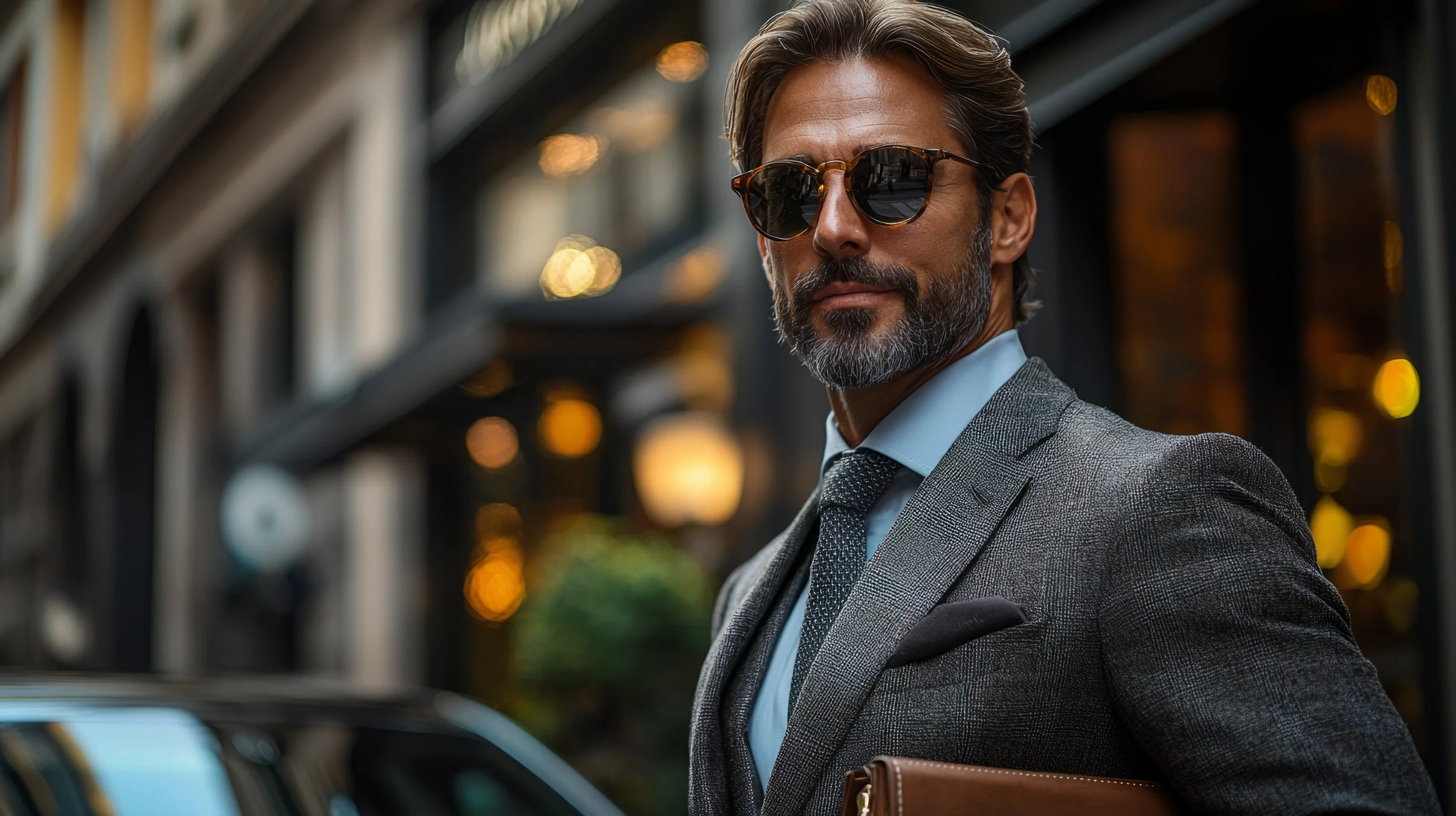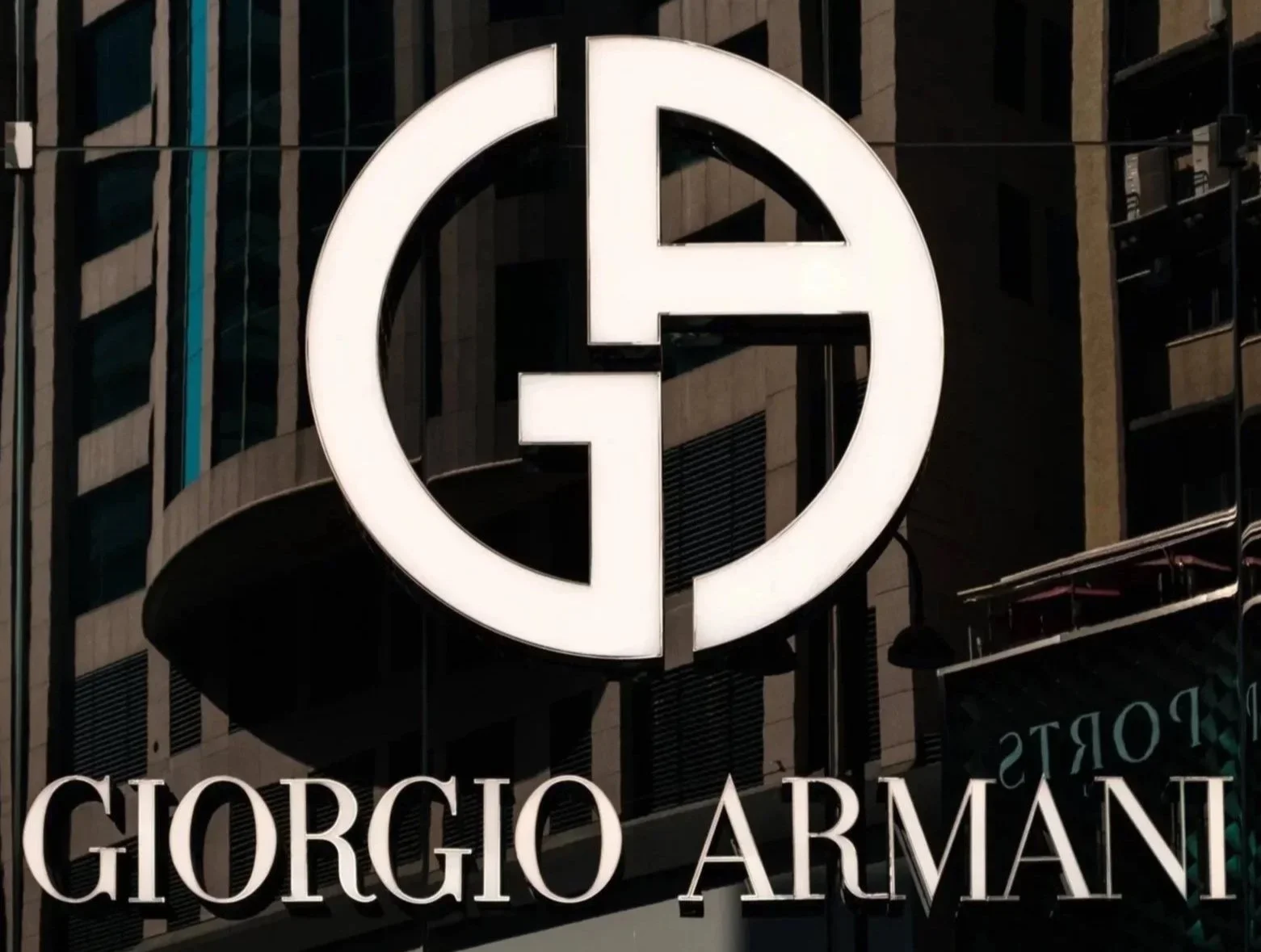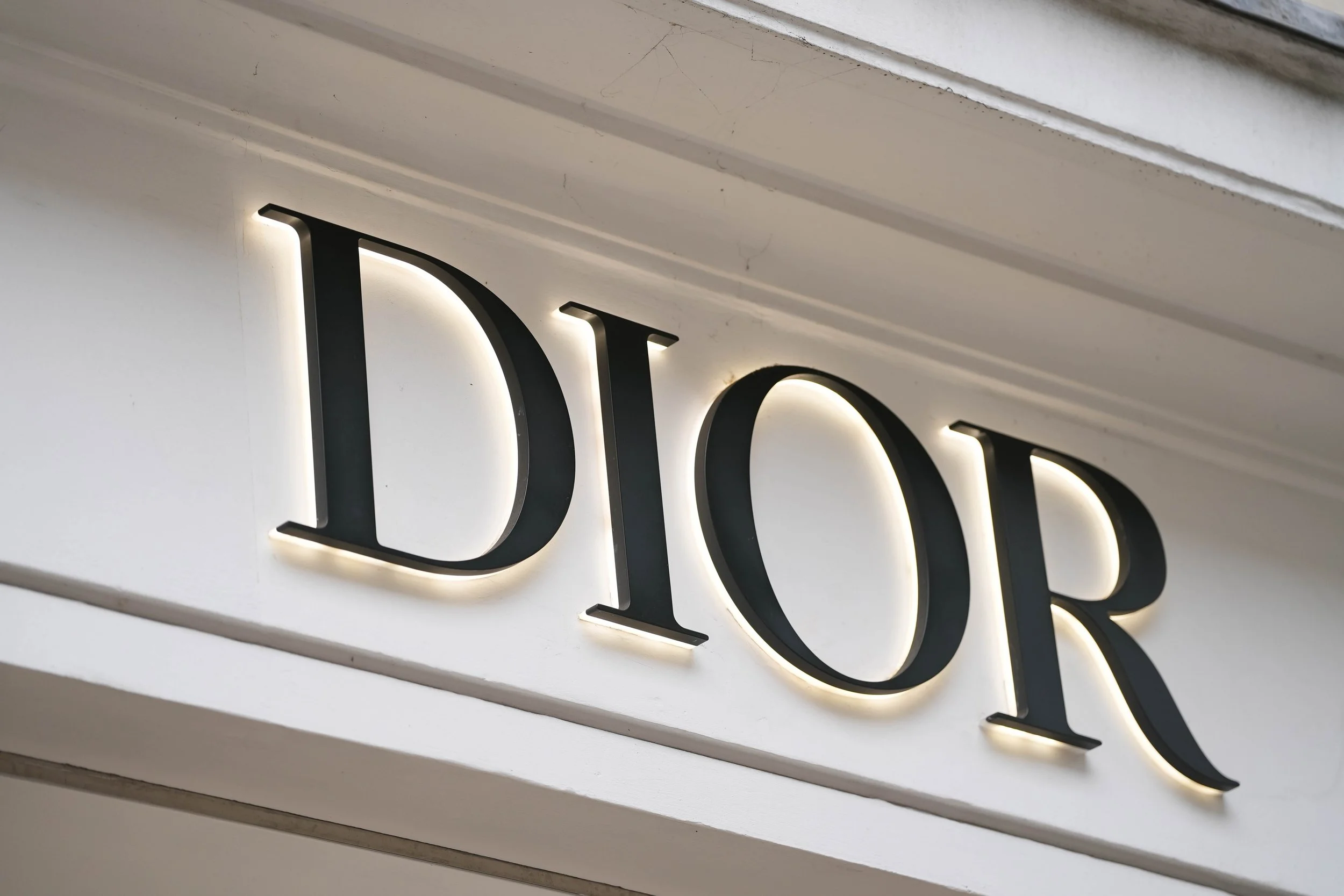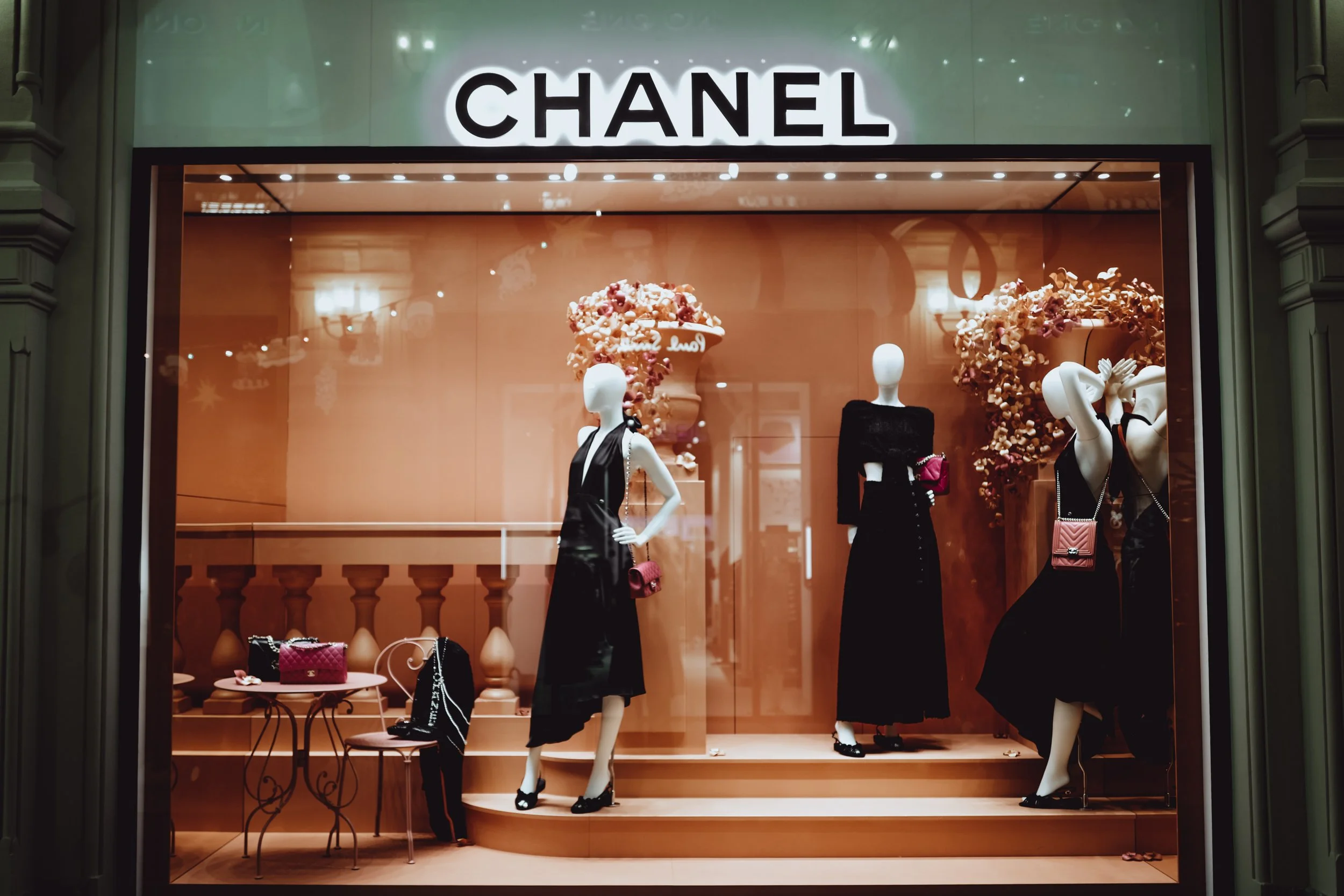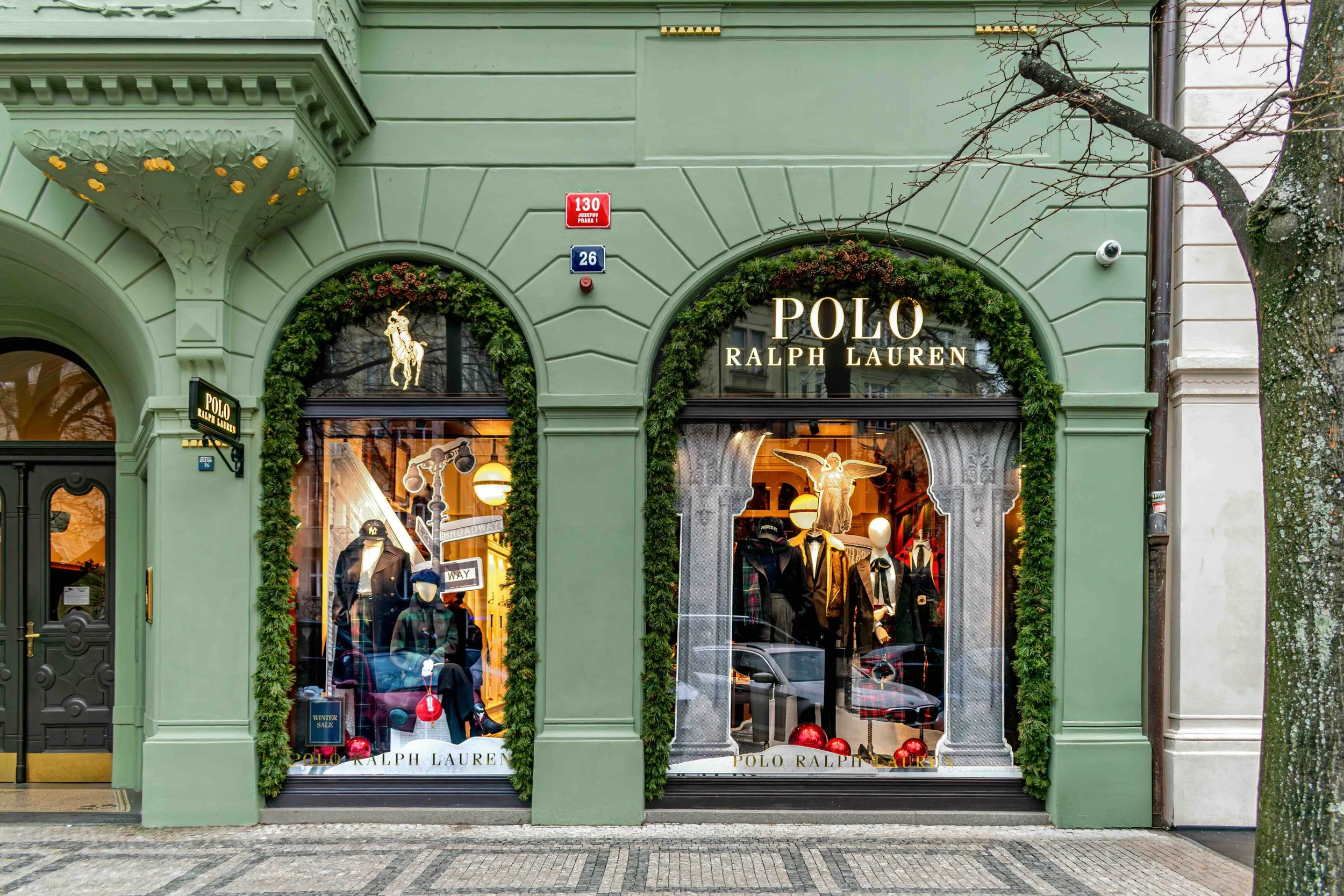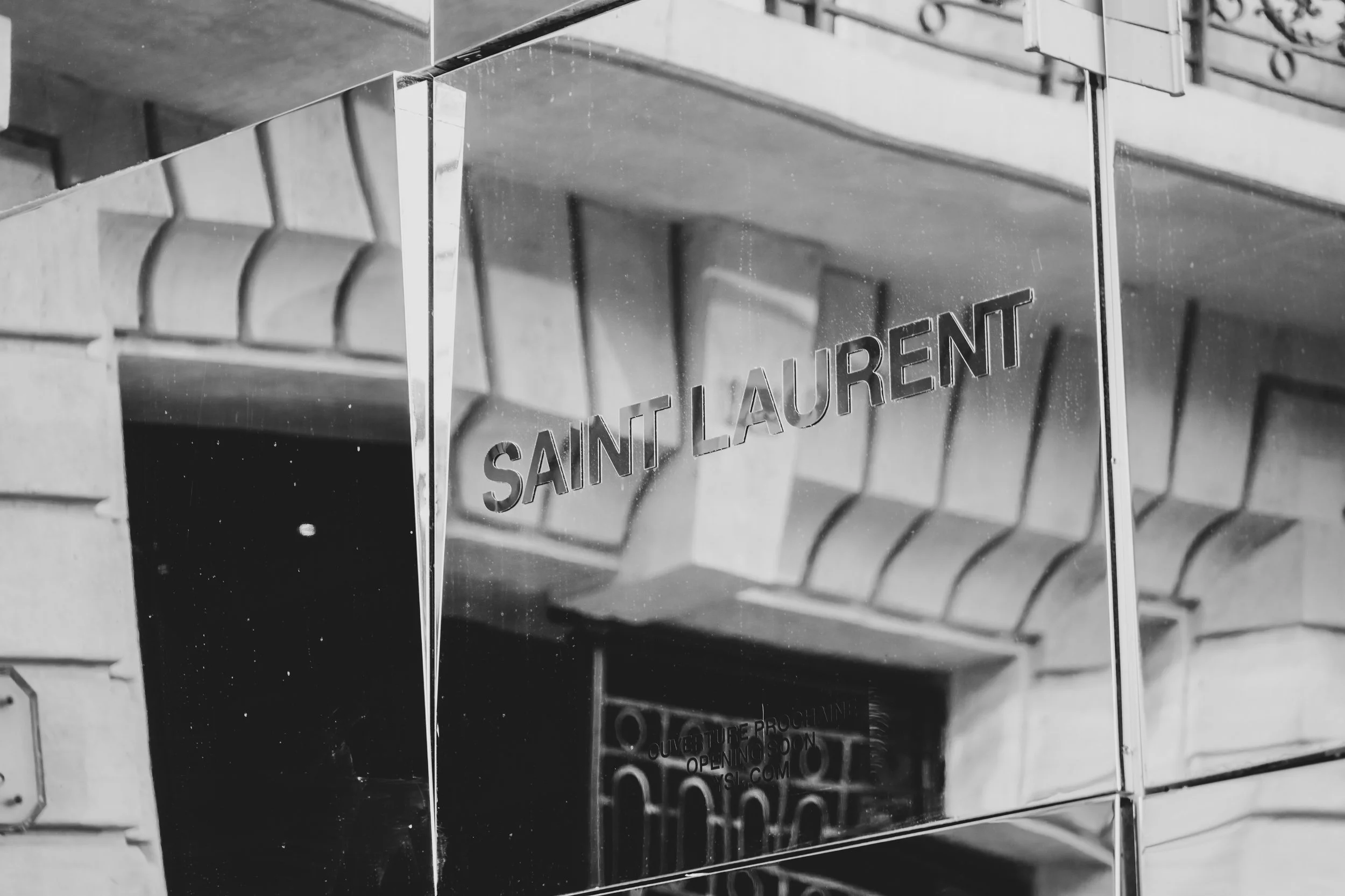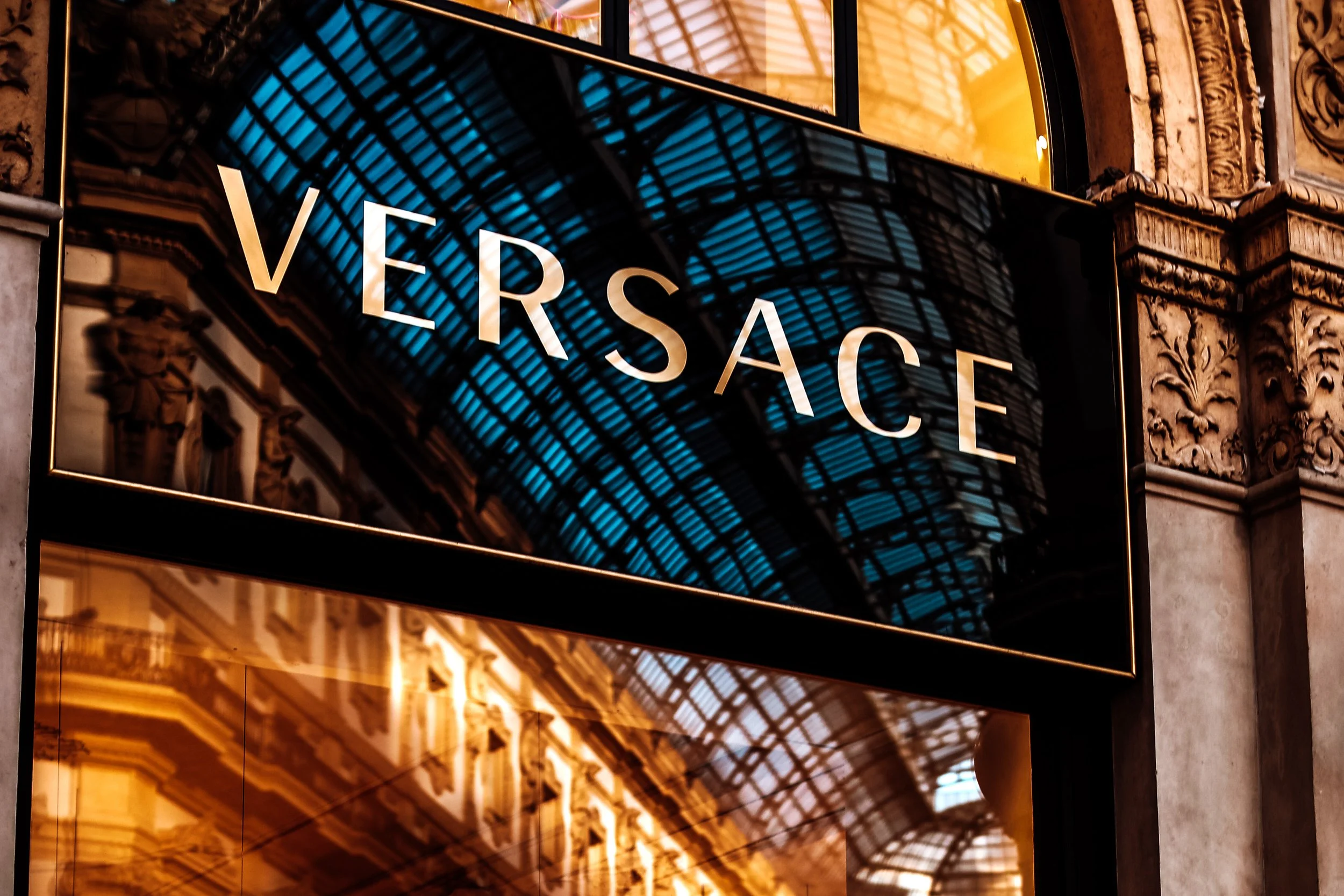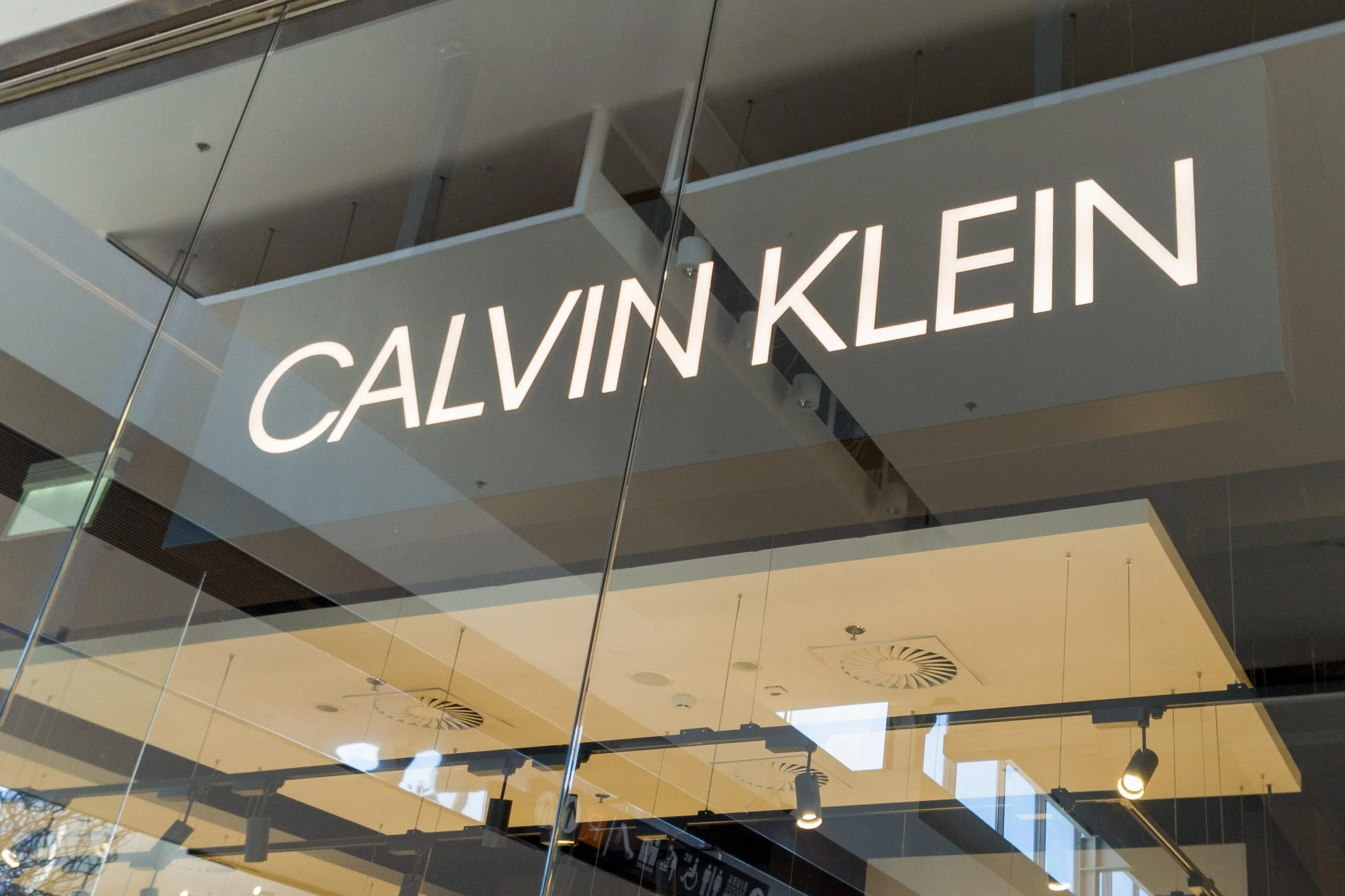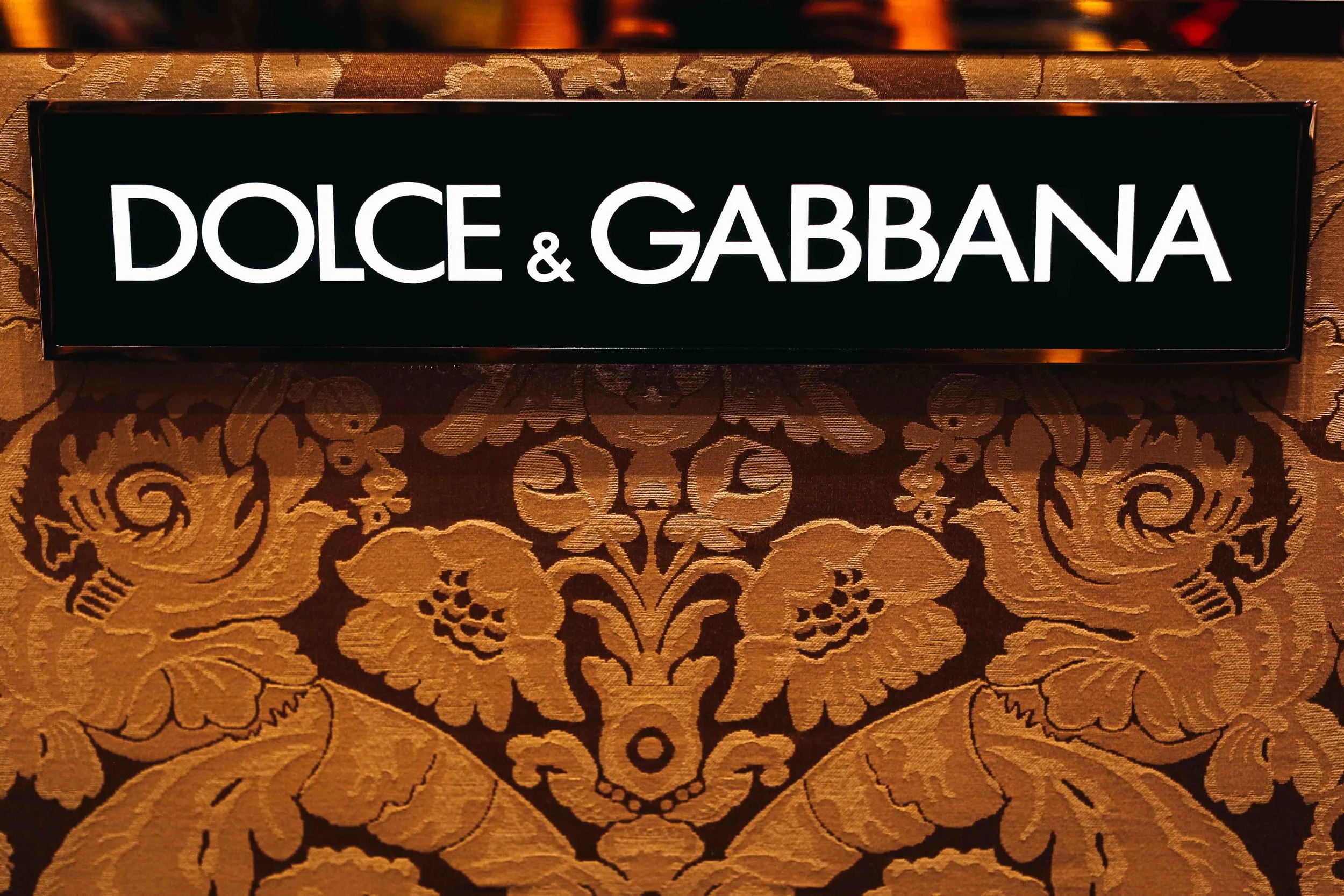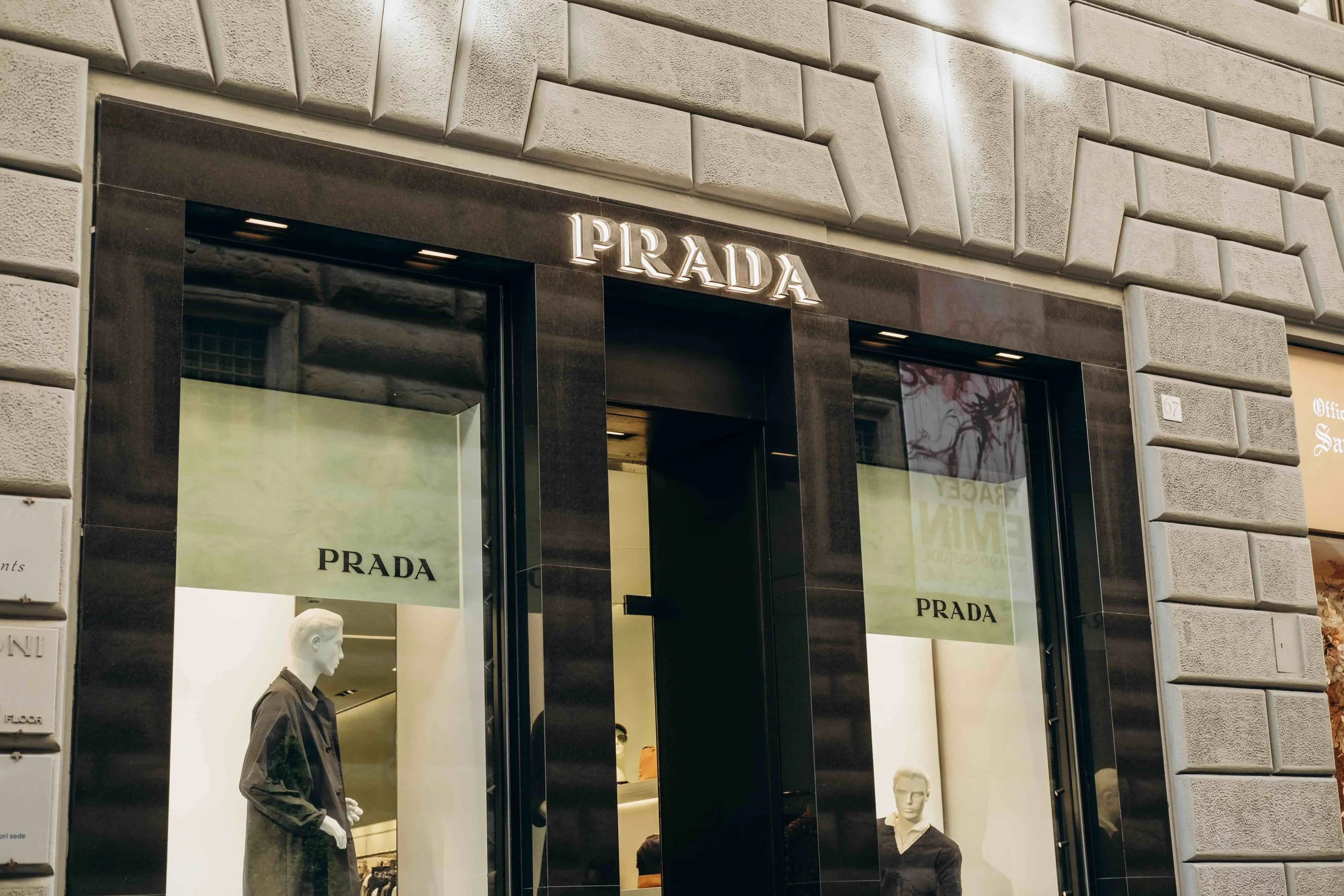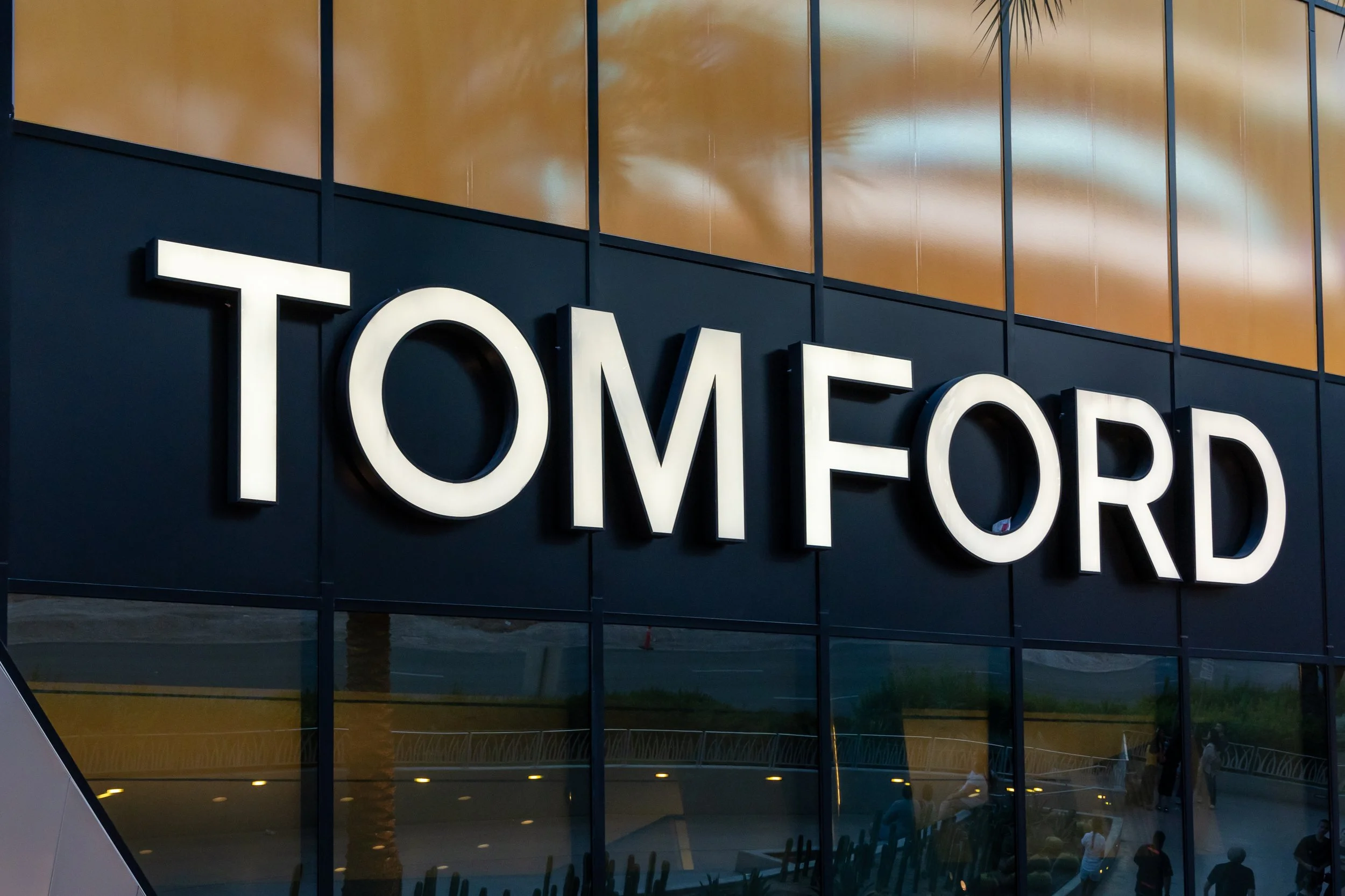Top Fashion Entrepreneurs Ruling the Global Fashion Industry
When you hear names like Chanel, Dior, Versace, Prada, or Armani, you don’t just think about fashion - you think about empires. These brands represent more than beautiful clothes; they symbolize entire worlds of culture, identity, and aspiration. And behind every one of them is a fashion entrepreneur: a visionary who dared to merge creativity with business, art with strategy, and dreams with discipline.
Fashion entrepreneurs are the architects of style and commerce. They’re the ones who take risks, challenge conventions, and turn an idea sketched on paper into a global powerhouse. From Coco Chanel’s little black dress to Virgil Abloh’s streetwear revolution, these trailblazers prove that fashion is never just about fabric- it’s about vision, storytelling, and bold entrepreneurship.
But fashion entrepreneurship doesn’t stop with the legends of the past. Today’s leaders are redefining what it means to be successful in an industry that’s rapidly evolving. Stella McCartney champions sustainability. Tory Burch empowers women entrepreneurs through her foundation. Rei Kawakubo blurs the lines between art and clothing. And here at The Growth Operative, we’ve seen firsthand how our founder Latif Hamilton built SpiritHoods, a PETA-approved, cruelty-free faux fur brand inspired by the animal kingdom. SpiritHoods has grown from a bold idea into a global fashion statement - showing that a mission-driven brand can thrive while giving back to wildlife conservation.
This guide goes beyond the usual “Top 10” list. We’ll highlight the 20 most famous fashion entrepreneurs - past and present - who shaped the global fashion industry, each with a lesson that every aspiring entrepreneur can learn from. Along the way, we’ll also explore the different types of fashion entrepreneurs, the qualities that set them apart, and how their legacies continue to inspire the next generation of innovators.
If you’ve ever dreamed of launching your own label, scaling a lifestyle brand, or simply learning from the best, this is your roadmap.
What is a Fashion Entrepreneur?
A fashion entrepreneur is more than just a designer - they are the visionaries who merge creativity, commerce, and culture to build brands that last. They don’t simply create clothing; they craft identities, movements, and lifestyles that resonate across the globe.
Unlike traditional designers who may focus solely on artistry and the design of a particular garment or wearable, fashion entrepreneurs wear many hats:
Designer - creating products that inspire and innovate.
Strategist - understanding markets, trends, and consumer needs.
Marketer & Storyteller - crafting narratives that connect emotionally with audiences.
Business Builder - scaling from a single idea to a thriving company.
Leader & Changemaker - shaping culture, influencing social causes, and often sparking revolutions in how we dress and think about fashion.
Think of Coco Chanel, who didn’t just design dresses - she transformed the role of women in society by freeing them from corsets. Or Ralph Lauren, who took a single tie design and turned it into a billion-dollar empire built on the concept of American aspiration. These individuals saw beyond fabric and patterns; they built worlds people wanted to belong to.
Today, the definition has expanded even further. Modern fashion entrepreneurs are not only building luxury houses but also tackling urgent global issues such as:
Sustainability (Stella McCartney, Eileen Fisher).
Inclusivity & representation (Rihanna’s Savage X Fenty, Virgil Abloh’s Louis Vuitton).
Ethical fashion (Latif Hamilton’s SpiritHoods, PETA-approved and cruelty-free).
At their core, fashion entrepreneurs are risk-takers with a vision - people who see possibilities where others see limitations. They combine artistry with entrepreneurship to not only keep up with the ever-changing world of fashion but also to lead it into the future.
In short: A fashion entrepreneur is someone who transforms creativity into legacy.
Top 20 Famous Fashion Entrepreneurs Who Changed the Industry
Here are the most iconic names who transformed fashion into global businesses, inspiring millions along the way.
1. Giorgio Armani
Born in Piacenza, Italy in 1934, Giorgio Armani originally studied medicine before shifting to fashion. After working as a window dresser and later designing for menswear brand Nino Cerruti, Armani founded his own company in 1975 with his business partner, Sergio Galeotti.
Armani revolutionized menswear with his soft-shouldered suits, stripping away heavy padding for a look that was both sharp and comfortable. His designs quickly gained traction in Hollywood, especially after Richard Gere wore Armani in American Gigolo (1980). Armani became synonymous with power dressing during the 1980s, his suits a staple for executives and celebrities alike.
But Armani wasn’t content with clothing alone. He expanded into accessories, fragrances, home décor, even luxury hotels, making Armani one of the most diversified brands in fashion. Today, the Giorgio Armani empire spans across the globe and remains privately owned, a testament to his business acumen.
Lesson: Armani proved that fashion entrepreneurship is about more than desi- it’s about creating a lifestyle that people aspire to live.
2. Christian Dior
Born in Normandy, France in 1905, Christian Dior didn’t begin as a designer - he first ran a small art gallery before the Depression closed it down. After years of working in fashion illustration and apprenticing under established couturiers, Dior opened his own fashion house in 1946 with the backing of entrepreneur Marcel Boussac.
In 1947, Dior presented his first collection, which became known as the “New Look.” Featuring cinched waists, full skirts, and feminine silhouettes, the collection stood in stark contrast to the utilitarian clothing of WWII. It redefined postwar femininity and brought glamour and hope back to Paris. The “New Look” turned Dior into a global phenomenon almost overnight.
Within a decade, Dior had built a fashion empire that included perfume, accessories, and ready-to-wear lines - one of the first designers to scale his brand beyond haute couture. Even after his untimely death in 1957, the House of Dior thrived, mentoring future legends like Yves Saint Laurent.
Lesson: Dior showed that fashion entrepreneurs can rebuild culture itself - his designs didn’t just dress women, they uplifted a generation recovering from war.
3. Coco Chanel
Born Gabrielle Bonheur Chanel in 1883, Coco Chanel rose from humble beginnings in rural France to become one of the most iconic figures in fashion history. After a childhood spent in poverty and years working as a seamstress, she opened her first hat shop in Paris in 1910. Chanel quickly gained attention for her minimalist yet elegant designs, which contrasted sharply with the overly elaborate styles of the era.
Her true revolution came in the 1920s, when she introduced clothing that gave women freedom from restrictive corsets and layers. She popularized jersey fabric, once used only for men’s underwear, turning it into chic, comfortable womenswear. In 1926, she introduced the little black dress, now considered a wardrobe staple worldwide. Chanel No. 5, launched in 1921, became one of the most famous perfumes in history, solidifying her as not just a designer but also a savvy entrepreneur who knew how to expand into lifestyle branding.
Chanel wasn’t just selling clothes - she was selling independence, confidence, and modernity. Even decades after her passing, the House of Chanel remains a symbol of timeless luxury, led for years by Karl Lagerfeld and now by Virginie Viard.
Lesson: True entrepreneurship is about courage. Chanel didn’t just make fashion - she made freedom fashionable.
4. Ralph Lauren
Born Ralph Lifshitz in the Bronx in 1939, Ralph Lauren began his career selling ties while working for Brooks Brothers. In 1967, he launched his own line of wide, colorful neckties under the name Polo, convincing stores to take a chance on his unique vision.
That small risk grew into an empire. By the 1970s, Ralph Lauren was selling not just ties but an entire American lifestyle brand. The polo player logo became a global symbol of aspiration, blending classic prep with everyday accessibility. His collections embodied a vision of American success - casual elegance with a touch of luxury.
Lauren expanded into women’s wear, fragrances, home furnishings, and even restaurants. He became one of the first fashion entrepreneurs to see the power of branding as a holistic experience. Today, the Ralph Lauren Corporation generates billions annually and remains a staple of American style.
Lesson: Ralph Lauren’s rise proves that great fashion entrepreneurs don’t just sell clothes - they sell a dream.
5. Yves Saint Laurent
Born in Oran, Algeria in 1936, Yves Saint Laurent showed talent early, designing dresses for his mother and sisters as a teenager. At just 21, he was chosen to succeed Christian Dior after Dior’s sudden death, becoming the youngest couturier in history.
In 1961, Saint Laurent launched his own house and forever changed fashion by introducing Le Smoking, the tuxedo for women. It was a radical move at the time, challenging traditional gender norms while giving women a sense of power and sophistication. He also embraced global influences, drawing inspiration from African and Asian art and culture.
YSL was among the first to popularize ready-to-wear luxury, democratizing high fashion for a broader audience. His daring vision cemented him as one of the most important designers of the 20th century.
Lesson: Yves Saint Laurent showed that true fashion entrepreneurs empower society by designing for cultural revolutions, not just clothing trends.
6. Donatella Versace
Born in 1955 in Calabria, Italy, Donatella Versace grew up alongside her brother Gianni, the visionary founder of the Versace brand. After Gianni’s tragic murder in 1997, Donatella inherited the role of creative director at a time of grief and uncertainty. Many doubted she could carry the weight of such an iconic house - but Donatella not only maintained it, she reinvented it.
She leaned into bold colors, daring cuts, and unabashed sex appeal, creating the kind of clothes celebrities craved for red carpets and stages. Her infamous jungle-print dress worn by Jennifer Lopez at the 2000 Grammy Awards became one of fashion’s most iconic moments, even inspiring Google to create Google Images.
Under Donatella’s leadership, Versace expanded globally, entered the digital age, and reaffirmed itself as a brand synonymous with celebrity glamour, sensuality, and fearlessness.
Lesson: Donatella shows that resilience and bold creativity can turn personal tragedy into a lasting legacy. True entrepreneurs thrive by embracing reinvention.
7. Calvin Klein
Born in the Bronx in 1942, Calvin Klein studied at the Fashion Institute of Technology before launching his company in 1968 with childhood friend Barry Schwartz. What began as a small coat shop in New York soon grew into one of the most influential fashion houses in America.
Klein’s genius lay in minimalist design paired with provocative marketing. His jeans campaigns in the 1980s, featuring Brooke Shields declaring “Nothing comes between me and my Calvins,” made denim desirable in a new way. His underwear campaigns with Mark Wahlberg in the 1990s cemented Calvin Klein as a household name.
Klein expanded into fragrances, home goods, and accessories, turning his label into a lifestyle brand recognized worldwide. His knack for understanding culture and using bold advertising helped him build a billion-dollar empire.
Lesson: Calvin Klein proved that fashion entrepreneurship is as much about marketing vision as it is about design. A simple idea, told powerfully, can become a cultural phenomenon.
8. Domenico Dolce & Stefano Gabbana
Domenico Dolce, born in Sicily, and Stefano Gabbana, from Milan, met in the 1980s while working in fashion. Their shared vision of celebrating Italian sensuality and heritage led to the founding of Dolce & Gabbana in 1985.
Their debut collection channeled Mediterranean femininity - lace, corsetry, and dramatic silhouettes that celebrated women’s bodies rather than hiding them. Over time, Dolce & Gabbana became known for bold prints, glamorous embellishments, and unapologetic drama. Their ad campaigns, often cinematic and provocative, reinforced the idea of Italian fashion as passionate and flamboyant.
The duo expanded into menswear, accessories, fragrances, and even film-inspired campaigns. Today, Dolce & Gabbana is synonymous with maximalism and Italian luxury, embodying fashion as a celebration of life itself.
Lesson: Dolce & Gabbana show that staying true to cultural identity and embracing drama can carve out a unique and powerful space in the global market.
9. Miuccia Prada
Born Maria Bianchi in Milan in 1949, Miuccia Prada was an unlikely successor to her family’s leather goods business. After earning a PhD in political science and training in mime theater, she took over Prada in 1978. Her academic background and artistic interests gave her a unique lens through which to reinvent the brand.
In 1985, Prada launched a line of black nylon handbags and backpacks that became instant status symbols, redefining luxury as minimalist, utilitarian, and intellectual. This marked a major departure from the ornate aesthetics dominating the time. Miuccia’s designs blended tradition with avant-garde experimentation, often pushing fashion into new conceptual territory.
Prada later expanded with the launch of Miu Miu, a younger, playful sister brand. Today, the Prada Group is one of the most influential fashion empires in the world, celebrated for its innovation and refined edge.
Lesson: Miuccia Prada proved that innovation can come from unlikely materials and ideas - entrepreneurs succeed when they dare to think differently.
10. Tom Ford
Born in Austin, Texas in 1961, Tom Ford originally pursued architecture before finding his calling in fashion. After stints at Cathy Hardwick and Perry Ellis, Ford joined Gucci in 1990 when the brand was struggling. Within just a few years, his daring, sensual designs - sleek velvet suits, plunging necklines, and glossy minimalism - revitalized Gucci and turned it into one of the hottest labels in the world.
By 1994, Ford was creative director, and Gucci’s profits skyrocketed from near bankruptcy to billions in value. His genius lay not only in design but in branding and image-making - Ford brought cinematic glamour and bold sexuality into fashion campaigns.
In 2005, he launched his own label, Tom Ford, expanding into menswear, womenswear, beauty, and eyewear. Today, his name is synonymous with refined, modern luxury, beloved by Hollywood stars on and off the red carpet.
Lesson: Tom Ford proves that reinvention and bold branding can rescue a failing brand and build an empire. Entrepreneurs thrive when they see potential where others see decline.
11. Pierre Balmain
Pierre Balmain, born in 1914 in Savoy, France, rose to prominence in the post–World War II era when the world was craving beauty, optimism, and elegance. After working with Edward Molyneux and Lucien Lelong (where he met Christian Dior), Balmain struck out on his own in 1945. His debut collection was described by Vogue as “a revolution,” celebrating femininity and romance at a time when austerity still loomed.
Balmain’s signature style, dubbed “Jolie Madame,” emphasized refined silhouettes with long bell-shaped skirts, narrow waists, and luxurious fabrics. His clientele included Hollywood stars like Ava Gardner and Katharine Hepburn, as well as European royalty. Balmain also understood the power of expansion, launching perfumes and licensing his designs internationally, ensuring his brand reached beyond couture salons.
Today, under creative director Olivier Rousteing, Balmain remains one of the world’s most glamorous labels, with a strong digital presence and celebrity-driven influence.
Lesson: Balmain proved that a strong brand DNA, rooted in elegance and identity, can outlive its founder and evolve with each new generation.
12. Stella McCartney
Born in London in 1971, Stella McCartney grew up in the shadow of her famous father, Paul McCartney of The Beatles. After studying at Central Saint Martins, she quickly made a name for herself with her sharp tailoring and feminine yet modern designs. In 2001, she launched her namesake brand with the support of Kering, and from the start, she was clear: no leather, no fur.
McCartney was one of the first high-fashion designers to champion sustainable and cruelty-free luxury. At a time when ethical fashion was seen as niche, she proved it could be glamorous and commercially successful. Her designs have been worn by celebrities, athletes, and even Olympic teams, and she has collaborated with brands like Adidas to make sustainable fashion more accessible.
Beyond fashion, Stella has been a relentless advocate for environmentalism, pushing the entire industry toward greater accountability.
Lesson: Stella McCartney proves that entrepreneurs who lead with values - sustainability, ethics, responsibility - can change the entire industry.
13. Virgil Abloh
Born in Illinois in 1980, Virgil Abloh studied civil engineering and architecture before venturing into fashion. His unconventional background shaped his design philosophy: breaking boundaries, remixing cultures, and redefining luxury. After interning at Fendi alongside Kanye West, Abloh founded his own label, Off-White, in 2012.
Off-White became a global sensation by fusing streetwear and high fashion, something once seen as impossible. His use of quotation marks, industrial straps, and bold graphic language created a brand aesthetic that resonated with youth worldwide.
In 2018, Abloh became the first Black artistic director at Louis Vuitton Menswear, a historic appointment that marked a turning point for inclusivity in luxury fashion. Until his untimely passing in 2021, Abloh mentored countless young creatives and left a lasting impact on how fashion embraces culture.
Lesson: Virgil Abloh showed that true entrepreneurship breaks barriers - his work proved that blending worlds can rewrite the rules of an entire industry.
14. Rei Kawakubo
Born in Tokyo in 1942, Rei Kawakubo never formally studied fashion - she studied fine art and literature. Yet in 1969, she launched Comme des Garçons, a brand that would challenge every conventional notion of beauty and clothing.
Kawakubo’s designs often feature asymmetry, deconstruction, and sculptural forms that feel more like art installations than traditional fashion. When she debuted in Paris in 1981, critics were shocked by her austere, often monochromatic collections that seemed to reject Western ideals of glamour. Over time, her radical approach influenced generations of designers and helped carve out space for avant-garde fashion in the mainstream.
In addition to fashion, Kawakubo has influenced art and culture through her collaboration with the Metropolitan Museum of Art’s Costume Institute and her boundary-pushing concepts.
Lesson: Rei Kawakubo proves that entrepreneurship isn’t about pleasing everyone - it’s about creating boldly and inspiring those who are ready to see the world differently.
15. Eileen Fisher
Born in Illinois in 1950, Eileen Fisher built her brand on simplicity, comfort, and sustainability. She started her company in 1984 with just $350 in savings and four basic clothing designs. What set her apart was her focus on timeless, minimalist pieces that women could mix and match effortlessly.
Decades before sustainability became a fashion buzzword, Fisher championed ethical sourcing, organic fabrics, and circular fashion. Her company pioneered take-back programs to recycle and resell old clothing, proving that sustainability could be both profitable and practical.
Today, the Eileen Fisher brand remains a leader in slow fashion, demonstrating that conscious choices can resonate deeply with consumers who want more than fast trends. Fisher’s success shows how values-driven entrepreneurship can thrive on integrity and trust.
Lesson: Eileen Fisher reminds us that staying true to simplicity and responsibility can build a loyal following and create lasting impact in a fast-moving industry.
16. Tory Burch
Born in Pennsylvania in 1966, Tory Burch worked for fashion houses like Ralph Lauren, Vera Wang, and Loewe before launching her own brand in 2004 from her Manhattan apartment. Her breakout product - the Reva ballet flat with its distinctive double-T logo - quickly became a global phenomenon, catapulting her into the spotlight.
Burch’s brand is defined by its bohemian-preppy aesthetic, blending classic American sportswear with vibrant colors and global influences. She was among the first designers to embrace accessible luxury, making high-quality, stylish pieces attainable for a wide audience.
In 2009, she founded the Tory Burch Foundation, which provides capital, education, and mentorship to women entrepreneurs. Her ability to balance commercial success with philanthropy has made her not just a designer but also a role model for business leaders everywhere.
Lesson: Tory Burch proves that entrepreneurship thrives when you pair creative success with giving back. Empowerment is the ultimate brand legacy.
17. Diane von Fürstenberg
Born in Brussels in 1946, Diane von Fürstenberg entered fashion in the 1970s with a simple but revolutionary idea: the wrap dress. Designed to flatter all body types, the dress became a global symbol of independence and femininity. By 1976, she had sold over a million dresses, securing her place as a fashion icon.
Her career had ups and downs, but her persistence kept her in the spotlight. Beyond her namesake label, DVF, Diane served as president of the Council of Fashion Designers of America (CFDA), where she championed young talent and mentored emerging designers.
Von Fürstenberg’s personal story, as the daughter of a Holocaust survivor who built her own empire, makes her journey even more inspiring. Today, her brand continues to embody confidence, femininity, and empowerment.
Lesson: Diane von Fürstenberg reminds us that resilience and reinvention are at the heart of entrepreneurship. A single powerful idea can create a lifetime legacy.
18. Alexander McQueen
Born in London in 1969, Alexander McQueen apprenticed as a tailor on Savile Row before attending Central Saint Martins. Known for his technical mastery, McQueen quickly gained attention for his bold, provocative designs. He founded his own label in 1992 and later served as creative director at Givenchy.
McQueen’s shows were legendary - often theatrical, shocking, and emotionally charged. Collections like “Highland Rape” and his hologram of Kate Moss in a floating gown pushed fashion into performance art. He earned the nickname “the hooligan of English fashion” for his rebellious spirit but was equally celebrated for his craftsmanship.
Though his life ended tragically in 2010, his brand continues under Sarah Burton, who designed Kate Middleton’s wedding dress. McQueen’s daring artistry left an indelible mark on the industry.
Lesson: McQueen proved that storytelling, emotion, and risk-taking can elevate fashion into art. Entrepreneurs inspire when they dare to provoke.
19. Jean Paul Gaultier
Born in Paris in 1952, Jean Paul Gaultier had no formal fashion training - he sent sketches to couturiers until Pierre Cardin hired him as an assistant. In 1982, he launched his own line and became famous for his irreverent, playful designs.
Gaultier challenged gender norms with corsets, skirts for men, and his famous cone bras worn by Madonna on her 1990 Blonde Ambition tour. He also popularized nautical stripes, which became his signature. His runway shows were inclusive, featuring models of all ages, sizes, and ethnicities long before diversity was an industry standard.
Although Gaultier retired from ready-to-wear in 2015, his influence endures, and his haute couture collections continue to push boundaries.
Lesson: Jean Paul Gaultier reminds us that rebellion can be a brand identity. Entrepreneurs succeed when they embrace difference and celebrate individuality.
20. Karl Lagerfeld
Born in Hamburg in 1933, Karl Lagerfeld became one of fashion’s most prolific and recognizable figures. After working for Chloé, Balmain, and Fendi, he took the helm at Chanel in 1983, reviving a brand many thought had lost its relevance. His ability to honor Coco Chanel’s legacy while injecting modernity made him indispensable.
With his iconic ponytail, dark glasses, and sharp wit, Lagerfeld became a celebrity in his own right. At Chanel, he transformed the tweed suit, quilted bag, and camellia motif into modern symbols, all while staging over-the-top runway shows. He also maintained his own label and led Fendi simultaneously, a rare feat of stamina and creativity.
Lagerfeld worked tirelessly until his passing in 2019, leaving behind a body of work that spanned decades and multiple brands.
Lesson: Karl Lagerfeld showed that legacy brands survive when they embrace reinvention. Entrepreneurs thrive when they adapt without losing their identity.
The Rise of Modern Fashion Entrepreneurs
The legends built the foundations of fashion, but the 21st century has unleashed a new generation of entrepreneurs who are redefining what it means to succeed in this industry. Today, fashion entrepreneurship isn’t only about couture - it’s about mission, inclusivity, and innovation. These leaders are creating brands that align with cultural values, consumer needs, and global change.
Some of the most exciting modern fashion entrepreneurs include:
Rihanna (Fenty / Savage X Fenty)
Rihanna didn’t just create a brand - she sparked a movement. With Fenty, her now-historic luxury collaboration with LVMH, and Savage X Fenty, her lingerie line, she prioritized diversity and inclusivity. Her runway shows feature models of all body types, genders, and ethnicities, making her one of the most impactful entrepreneurs of our time.
Kim Kardashian (SKIMS)
Kim Kardashian turned shapewear into a fashion phenomenon with SKIMS. Her brand focuses on body positivity, offering inclusive sizes and nude shades for all skin tones. Within just a few years, SKIMS became a billion-dollar business, proving that innovation can thrive in categories often overlooked by luxury.
Aurora James (Brother Vellies / 15 Percent Pledge)
Canadian-born Aurora James founded Brother Vellies, a brand known for handcrafted, sustainable shoes and accessories made in collaboration with African artisans. In 2020, she launched the 15 Percent Pledge, urging major retailers to dedicate 15% of shelf space to Black-owned businesses. Her work blends fashion entrepreneurship with cultural activism.
Jonathan Anderson (Loewe / JW Anderson)
Creative, daring, and entrepreneurial, Anderson has redefined Loewe into one of the most exciting luxury houses today, blending heritage craftsmanship with modern, playful aesthetics. He also runs his own label, JW Anderson, known for gender-fluid designs and cultural relevance.
Phoebe Philo (Phoebe Philo Studio)
Formerly at Céline, Philo is back with her new label Phoebe Philo Studio, one of the most anticipated launches in recent fashion history. Known for her minimalist yet empowering designs, she’s already building a cult following.
Pharrell Williams (Louis Vuitton Men’s Creative Director)
Music mogul turned fashion icon, Pharrell stepped into Virgil Abloh’s role at Louis Vuitton Men’s, proving that cultural tastemakers can successfully guide luxury houses. His appointment reflects the blending of fashion, music, and pop culture into one entrepreneurial force.
Gabriela Hearst (Chloé)
Uruguayan-born Gabriela Hearst has built her own namesake label and now leads Chloé, where she’s pioneering sustainability at the highest level of luxury. From recycled cashmere to regenerative agriculture, Hearst is setting new eco-conscious standards.
Latif Hamilton (SpiritHoods)
A new-wave example of mission-driven entrepreneurship, Hamilton founded SpiritHoods, a cruelty-free, PETA-approved faux-fur brand. Beyond fashion, the company donates proceeds to wildlife conservation, proving that a brand can merge style, sustainability, and social purpose into one thriving business.
The New Blueprint for Success
What unites these entrepreneurs is that they’ve gone beyond “fashion as product.” Instead, they build fashion as community, fashion as activism, and fashion as empowerment. Consumers today expect their clothing to come with a story and a purpose. Brands like Rihanna’s Savage X Fenty or Aurora James’ Brother Vellies thrive because they stand for more than style - they stand for progress.
The rise of modern fashion entrepreneurs signals a massive shift: success today is measured not just in profits, but in impact. Whether it’s inclusivity, sustainability, or cultural advocacy, this new generation proves that fashion is as much about what you believe in as what you wear.
Final Thoughts - The Future of Fashion Entrepreneurs
From Coco Chanel’s little black dress to Virgil Abloh’s streetwear revolution, fashion entrepreneurs have proven that success is never just about clothing - it’s about vision, resilience, and daring to create something the world hasn’t seen before. The Top 20 icons we’ve highlighted each took risks, disrupted norms, and built legacies that continue to shape the global industry today.
But the future of fashion belongs to a new generation of entrepreneurs. Leaders like Rihanna, Gabriela Hearst, and Aurora James are rewriting the rules around sustainability, inclusivity, and cultural relevance. Mission-driven brands like SpiritHoods show that style and ethics can walk hand in hand, proving that fashion can be both profitable and purposeful.
At The Growth Operative, we believe entrepreneurship is about more than products - it’s about building movements. The stories of these designers and innovators remind us that the next big idea could come from anywhere: a small studio, a cultural spark, or even a single daring sketch on paper.
Quick Lessons from Fashion Entrepreneurs
Build around a lifestyle, not just a product. Ralph Lauren didn’t just sell clothes - he sold a vision of American aspiration.
Take bold risks - innovation often comes from rebellion. Chanel, Kawakubo, and McQueen all broke rules to create revolutions.
Marketing is as critical as design. Calvin Klein and Tom Ford proved that branding can make simplicity unforgettable.
Philanthropy and values create brand loyalty. Tory Burch and Stella McCartney show how impact and ethics build lasting trust.
If you’ve ever dreamed of launching your own fashion label, scaling a lifestyle brand, or turning your creative vision into a business, let this be your inspiration. The world doesn’t need more trends - it needs more visionaries.
So take notes from the icons. Be bold. Lead with your values. And remember: every empire on this list started with one idea and the courage to pursue it.
FAQ
1. Who is the most famous fashion entrepreneur?
Coco Chanel is often considered the most famous fashion entrepreneur for revolutionizing women’s style and creating a global brand that still thrives today.
2. What makes someone a fashion entrepreneur?
A fashion entrepreneur is someone who blends creativity with business skills to create and scale a fashion brand. They innovate, disrupt trends, and turn design into enterprise.
3. Can you become a fashion entrepreneur without fashion school?
Yes - many successful fashion entrepreneurs (like Ralph Lauren) never formally studied fashion. Business savvy, creativity, and resilience are just as important as technical training.
For a deeper look inside the world of production at a clothing line, check these other blogs out from TGO: What it’s Really Like To Be A Fashion Designer Garments on Hanger (GOH): The Ultimate Guide to Efficient Shipping, Storage, and Fulfillment , Garment On Hanger Freight & Shipping Containers: A Complete Guide to Smart Shipping for Fashion Brands, and The Ultimate Guide & Directory for Garment On Hanger (GOH) Warehousing
